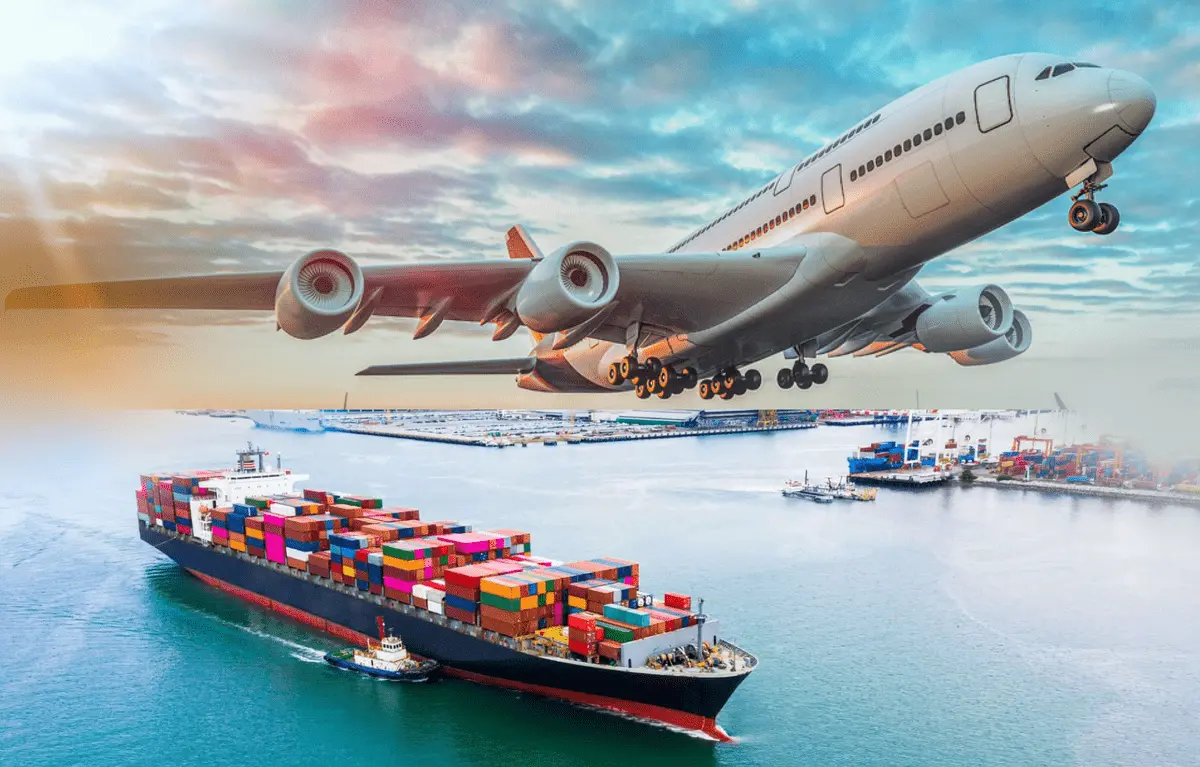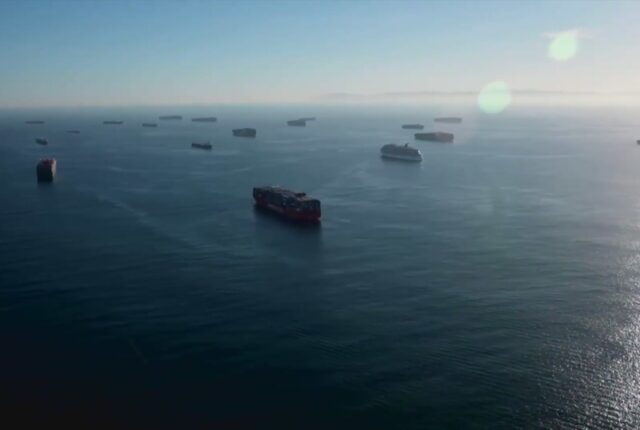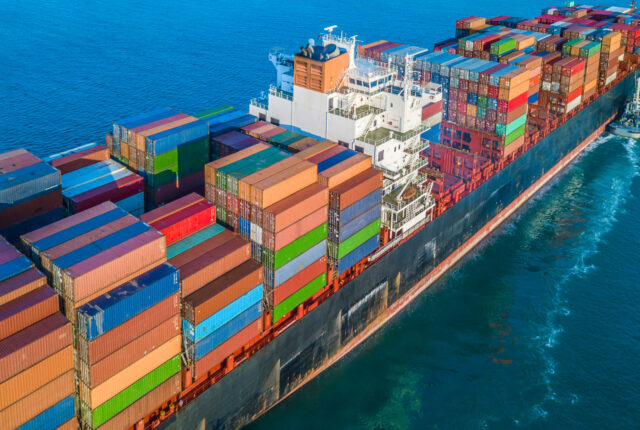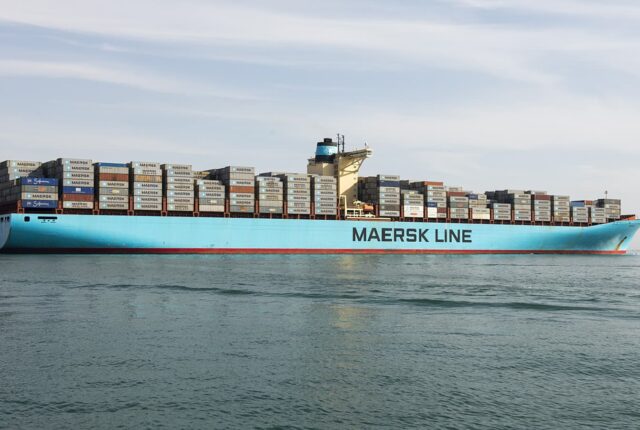
Sea Freight vs. Air Freight: Choosing the Right Mode for Your Cargo
In the world of logistics and international trade, one crucial decision can significantly impact your business – choosing the right mode of transportation for your cargo. Sea freight and air freight are two primary options, each with its advantages and disadvantages. In this comprehensive guide, we’ll delve into the intricacies of Sea Freight and Air Freight. By the end, you’ll have the knowledge needed to make the most informed choice for your specific cargo needs.
Sea Freight vs. Air Freight: Choosing the Right Mode for Your Cargo
Here’s a detailed exploration of the factors that can help you make the right decision when it comes to shipping your valuable cargo.
Understanding the Basics
Before we dive into the specifics, let’s establish a foundational understanding of both sea and air freight.
Sea Freight – A Deep Dive
Sea Freight vs. Air Freight starts with understanding the vast world of sea freight. This method involves transporting goods via cargo ships. Here are some key points to consider:
- Economical Shipping: Sea freight is known for its cost-effectiveness, making it a preferred choice for bulk and large-sized cargo.
- Extended Transit Times: While cost-effective, sea freight often comes with longer transit times, which might not be suitable for time-sensitive shipments.
- Environmental Impact: It’s worth noting that sea freight can have a lower carbon footprint compared to air freight, making it a more environmentally friendly option.
Air Freight – Taking to the Skies
Now, let’s take to the skies and explore air freight:
- Speedy Delivery: Air freight is renowned for its speed. It’s the go-to option for perishable or urgent cargo.
- Higher Costs: The speed of air freight comes at a price – it’s generally more expensive than sea freight.
- Limited Cargo Capacity: Airplanes have limited cargo space, which might not be suitable for oversized or bulky goods.
Factors Influencing Your Decision
When choosing between sea and air freight, several factors come into play:
Cargo Type and Size
The nature and size of your cargo play a significant role in your decision-making process.
- Small and Urgent: For small, time-sensitive cargo, air freight is your best bet.
- Bulk and Non-Urgent: If you have large or non-urgent cargo, sea freight offers cost-efficient solutions.
Distance and Destination
Consider the distance and final destination of your cargo.
- Long Distances: Sea freight is ideal for long-haul international shipments.
- Global Reach: Air freight provides access to a vast network of airports worldwide, making it suitable for global distribution.
Cost Considerations
Budget is a critical factor in any shipping decision.
- Cost-Effective: Sea freight is generally more cost-effective for large volumes.
- Budget Flexibility: Air freight is suitable when the budget allows for faster delivery.
Informed Decisions
To make an informed choice between Sea Freight vs. Air Freight, it’s essential to understand some related terms and concepts:
- Incoterms: Familiarize yourself with Incoterms, the internationally recognized terms defining the responsibilities of buyers and sellers in shipping.
- Freight Forwarders: Learn how freight forwarders can simplify the logistics of your cargo transportation.
- Customs Regulations: Understand the importance of complying with customs regulations for smooth cargo handling.
- Packaging and Crating: Discover the significance of proper packaging and crating to ensure your cargo’s safety.
FAQs
Q: Is air freight always more expensive than sea freight? A: No, it depends on the size, urgency, and distance of your cargo. Air freight can be cost-effective for small, urgent shipments.
Q: Do I need to hire a freight forwarder for my cargo shipment? A: It’s advisable, especially for international shipments, as freight forwarders have the expertise to navigate complex logistics.
Q: Are there restrictions on what can be shipped via air or sea? A: Yes, both modes have restrictions on hazardous materials, so it’s essential to check regulations before shipping.
Q: Can I track my cargo in real-time with both sea and air freight? A: Yes, modern technology allows for real-time tracking of cargo in both modes.
Q: Which mode of transportation is more environmentally friendly? A: Sea freight generally has a lower carbon footprint due to its larger capacity and efficiency in moving bulk cargo.
Conclusion
In the world of logistics, choosing between sea and air freight is a decision that should not be taken lightly. Each mode has its merits and drawbacks, and the right choice depends on your cargo’s nature, size, urgency, budget, and destination. By considering these factors and the insights provided in this article, you can ensure your cargo reaches its destination efficiently and cost-effectively.
Remember, the success of your cargo shipment depends on making an informed decision that aligns with your specific needs and objectives.






